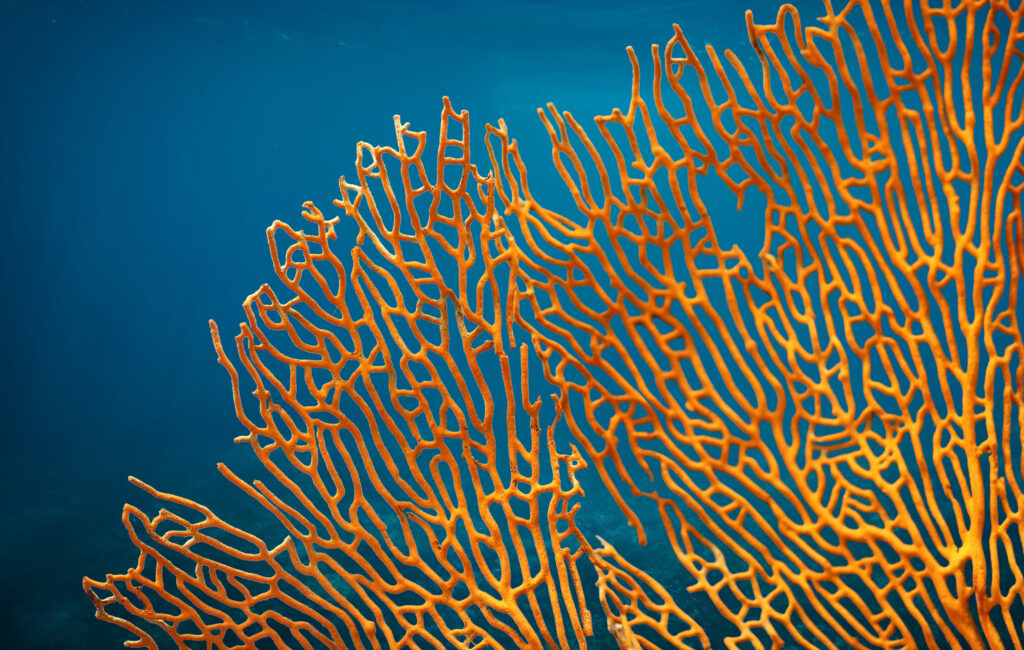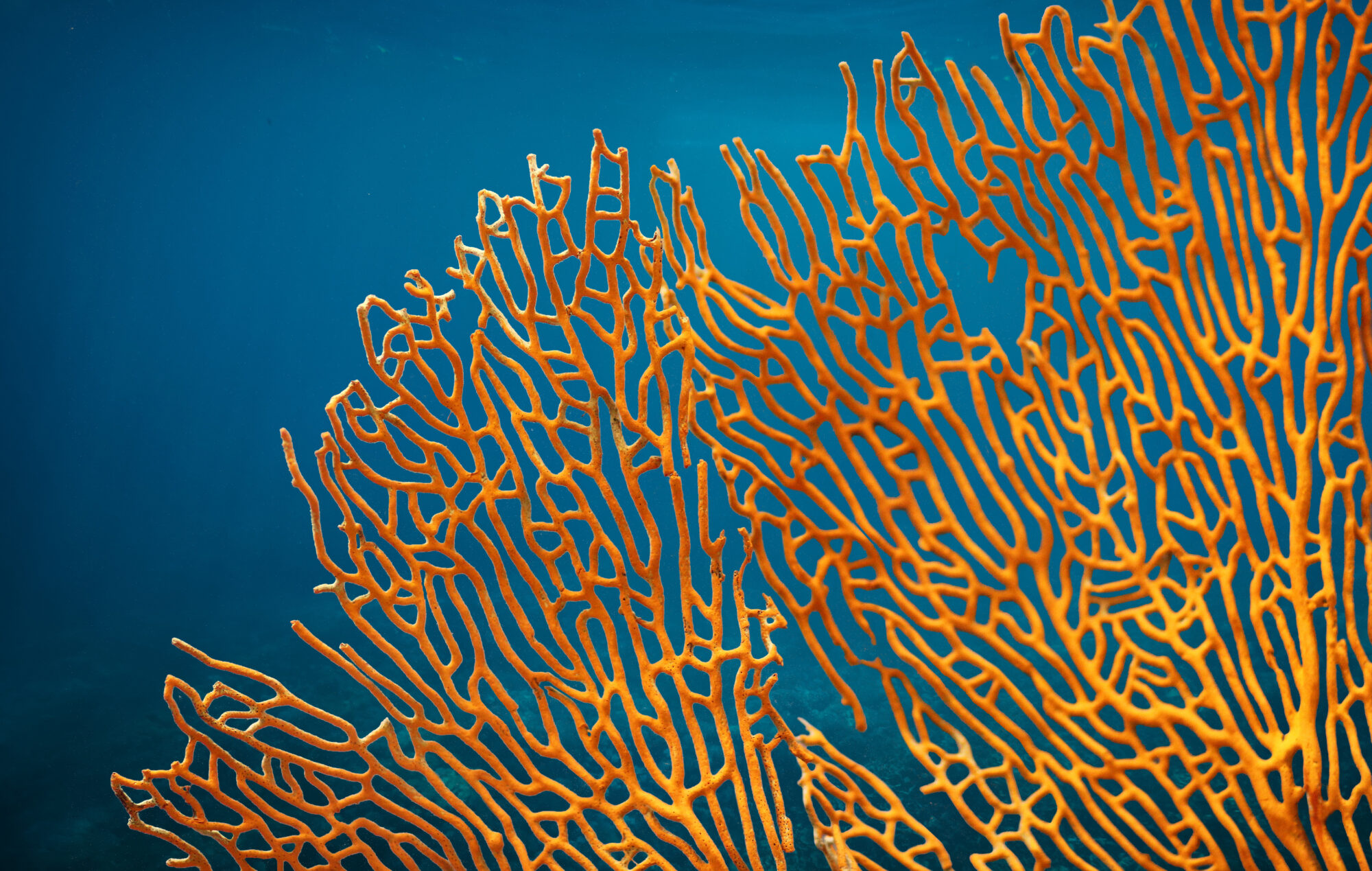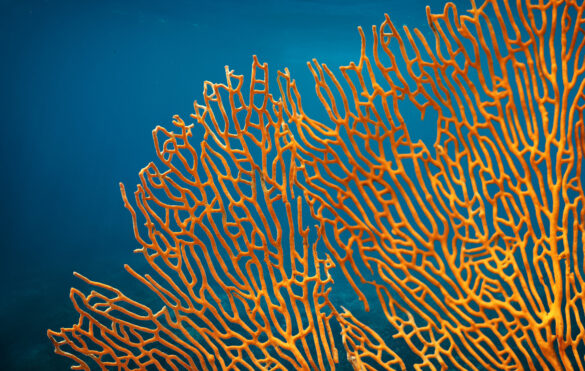With over 900 kilometres of coastline and an exceptional variety of ecosystems, including some of the Mediterranean’s most ecologically valuable wetlands, Andalusia has long recognised the crucial role that seagrasses and saltmarshes play in supporting biodiversity, regulating the climate, and sustaining local livelihoods.
Coastal ecosystems are not only essential to the region’s natural heritage, but they also act as powerful carbon sinks, capable of capturing and storing up to ten times more carbon per hectare than terrestrial forests. In recent years, the Andalusian government has taken ambitious steps to elevate these habitats from overlooked assets to key allies in the fight against climate change. One of the most significant examples is the LIFE Blue Natura – the first project of its kind in the Mediterranean to quantify and incorporate blue carbon into regional climate strategies and conservation planning. As the global community prepares for UNOC 2025, Andalusia’s experience offers a compelling example of how subnational action can contribute meaningfully to global ocean and climate goals.
A regional response rooted in science and collaboration
Launched in 2015 and running until 2020, LIFE Blue Natura was born from a growing understanding of the value of blue carbon ecosystems – coastal wetlands that capture and store large amounts of atmospheric CO2. Yet despite their significance, these habitats had rarely been factored into climate mitigation efforts, particularly in Europe’s southern regions.
Led by the Andalusian Regional Ministry of Sustainability and Environment, in partnership with the Andalusian Environment and Water Agency, CSIC-Blanes, UICN, HyT, and other national research bodies and NGOs, the project brought together a broad coalition of actors to bridge the gap between science and policy.
Backed by €2.5 million in funding through the European Union’s LIFE Programme, the project aims to:
- Quantify blue carbon stocks in Andalusia’s coastal areas
- Develop the first Mediterranean carbon offsetting protocol based on marine ecosystems
- Inform conservation and restoration efforts using new data and tools
- Raise awareness about the role of these ecosystems in the climate agenda
Mapping the coastal carbon sinks of the sea
Over the five-year project, LIFE Blue Natura conducted extensive fieldwork in marine and coastal sites such as the Bay of Cádiz and the Odiel Marshes. Researchers measured soil and biomass carbon content in over 13,000 hectares of Posidonia meadows and saltmarshes, producing the first comprehensive coastal blue carbon maps in Andalusia and across the Mediterranean.
This data was instrumental in developing a voluntary carbon offsetting methodology tailored to marine and coastal ecosystems – making it possible for conservation and restoration projects to attract carbon finance. The methodology, titled “Andalusian Standard of Certification for Seagrass Meadow and Tidal Marsh Projects, aligns with existing frameworks under the IPCC and UNFCCC, and lays the groundwork for integrating blue carbon into carbon markets and climate strategies.
The project also undertook extensive academic training, citizen outreach and political engagement across Andalusia, including training of project managers and future reserachers, high-level seminars with policymakers, training of project managers, local meetings in blue carbon project sites, and events with environmental journalists. Over 5,400 people participated in an itinerant campaign across 45 coastal municipalities to raise awareness of blue carbon. Citizen science was also promoted through volunteer diving campaigns monitoring Posidonia oceanica – considered the Mediterranean’s ‘super plant’ that helps fight climate change. These efforts aimed to boost public understanding and political support for blue carbon initiatives and ensure knowledge transfer at local, national and European levels.

A model for regional climate leadership
In 2022, LIFE Blue Natura was recognised by the European Commission as one of the Best LIFE Projects, highlighting its innovation, impact, and potential for replication. Beyond its technical outputs, its greatest contribution may lie in how it helped transform the perception and policy treatment of coastal ecosystems.
The project emphasised the power of science-based, cross-sector collaboration, involving public agencies, universities, NGOs, and local communities. While it also highlighted key challenges, such as the need for consistent baseline data and long-term institutional support, it provided clear pathways forward.
Andalusia showed that regional governments can lead by example, integrating ecosystem services into economic planning and advancing nature-based solutions. By valuing blue carbon, the region not only strengthened biodiversity conservation, but also opened doors to sustainable finance and broader stakeholder engagement.
Lessons for coastal regions
LIFE Blue Natura offers a replicable model for coastal and Mediterranean regions seeking to turn local ecosystems into global climate solutions. Among its key takeaways:
- Robust scientific data is essential to unlock policy and finance opportunities around blue carbon.
- Cross-sector collaboration enhances legitimacy, technical rigour, and public buy-in.
- Incorporating ecosystem services into climate laws can institutionalise long-term benefits.
By turning its coastlines into carbon sinks, Andalusia has shown how bold, evidence-based action at the regional level can deliver real impact on the global stage. As UNOC 2025 approaches, initiatives like LIFE Blue Natura show the power of local innovation to drive progress toward shared international commitments around the restoration and conservation of the ocean for sustainable development.
More information:

About #RegionsVoice: In 2019, Regions4 launched the global campaign #RegionsVoice in a collective effort to bring the voice of regional governments to the major events and negotiation processes in sustainable development within the UN. The aim of the campaign is to ensure the visibility and wider recognition of the role of regional governments in sustainable development, by elevating both individual and collective messages and engaging with a wider audience during the UN Decade of Action.

